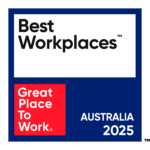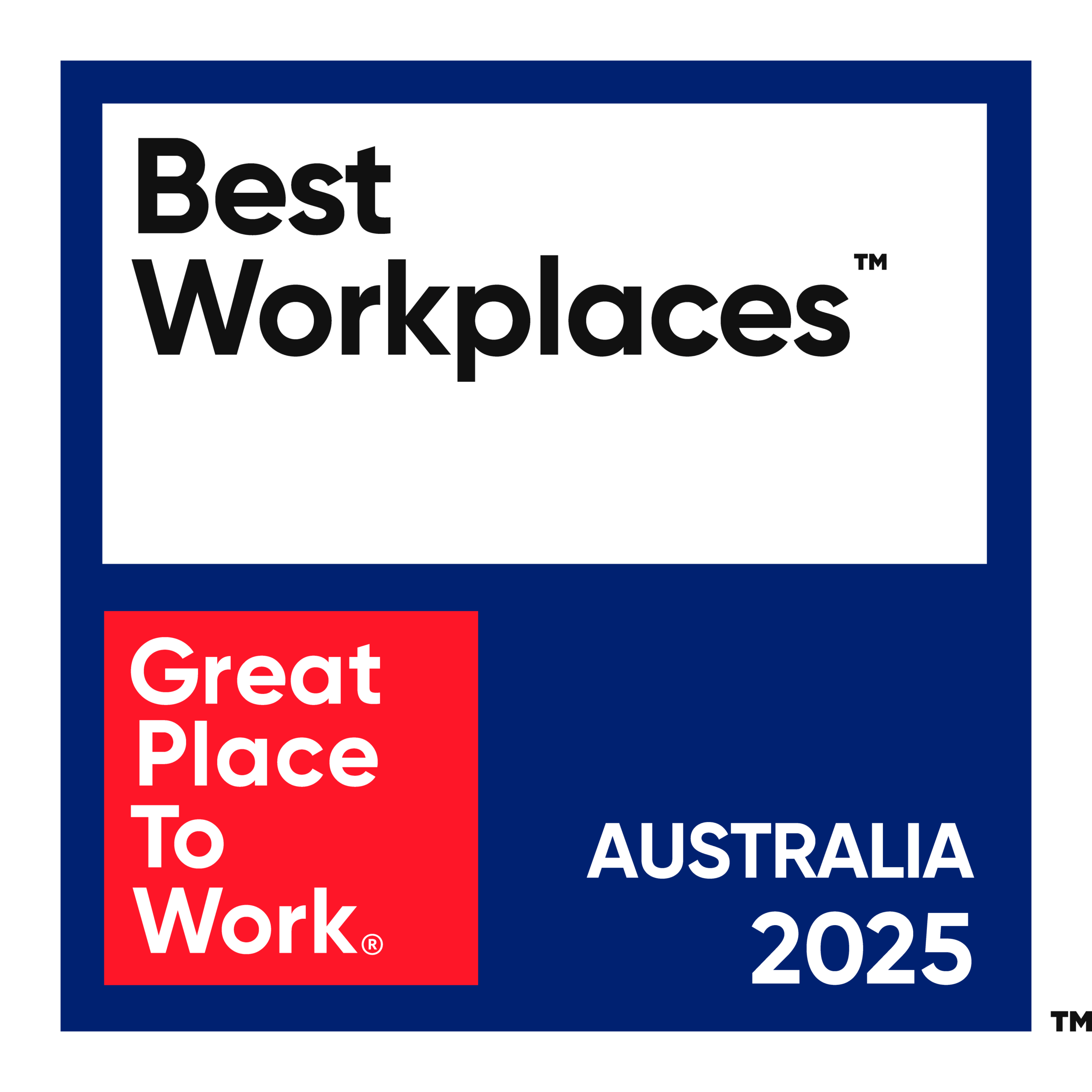What’s next in office design?
For years now we’ve witnessed the transition from office and cubicle centric layouts to open plan workspaces. It’s by no means a recent trend. In 1906, The Larkin Administration Building, designed by Frank Lloyd Wright, opened to be ‘like an open-plan factory’. In contrast to offices at the time, it featured few very few walls and positioned employees in lines of desks with managers in offices surrounding them.
In some respects, while the configuration of desks may have modernised, this original open planned design doesn’t feel a long way away from many offices today. However, with COVID-19 proving many of us can work from home and/or work hybrid, it does mean the office design is ready for its next major shake-up.
While working from home (WFH) is growing in popularity, it’s clear that it does have its disadvantages when it comes to cross-team and department collaboration. Its therefore likely that the office will remain a key fixture in our working lives for some time to come yet.
WFH has changed the way many people view the role of the office. Open planed offices are often criticised for being noisy and interruption prone. As a result, and with newfound flexibility, many are now opting to work from home a couple of days of the week to focus on tasks not as well suited to a disruptive office environment.
Only years prior to the opening of The Larkin Administration Building a UK government report on office space layouts said: “for the intellectual work, separate rooms are necessary so that a person who works with his head may not be interrupted” In some respect, our WFH setup has become our version of the old cubicle. A place for us to retreat and focus.
Given these changing dynamic, many are now challenging the long-standing idea that the desks are the main point of productivity. Even prior to COVID we started seeing platforms and landings in place of stairs for meetings places. More areas for collaboration and less focus on desk space.
New offices are now being designed to provide employees with choice of several spaces to work, from traditional desks to stand-up benches, meeting pods and silent booths for quiet or confidentiality.
As more and more office time is referred to as ‘meeting’ and ‘team’ time, its only logical that offices will focus increasingly on space required to facilitate these more social and interactive aspects of work.
Stuart Davie, Head of Corporate Real Estate in Australia for HSBC bank, speaking at Workplace Strategy Summit in Sydney, described employees as “the new customer”.
“A more customer-focused approach to office design means that blanket fit outs across office floors will no longer cut it for workers whose expectations of the office are increasing.
Smaller, bespoke spaces for specific teams or departments, which encourage and support interaction, will be the best way for businesses to entice workers into the office”
Canva, who recently launched the “Eight days a year in the office” policy may represent the extreme end of office flexibility, however, are further proof of Davies notion that employees are themselves ‘a customer’. Canva surveyed its people when formulating it’s approach to working, which found 79 per cent of people felt productive working from home while 81 per cent championed the hybrid working model.
Well renowned demographer Bernard Salt is estimating the shift of people WFH to jump from 5% pre-Covid to 15% in 2022, which he even feels is a conversative number, given how much higher it was in the midst of the pandemic.
If Salt’s numbers end up being as conservative as he suggests, the other major consideration employees will have to weigh up is investment in working from home technologies, to ensure we remain productive the more we opt to work remotely. While virtual reality and hologram technology may seem like a fantasy, WeWork recently announced a partnership with Canadian firm ARHT Media Inc. to bring hologram conference technology to up to 100 of its buildings.
So, while we need to consider office space to suit the changing behaviours and demands of employees, taking a longer-term view on our WFH setup and technology is equally vital.
What’s next frontier office design? A merging of spaces and technology that can facilitate collaboration with a combination of people in the office and working remotely. While we’ve successfully navigated the first hurdle of remote work, it’s fair to say much of the infrastructure in businesses to cope with this change was little more than a band-aid.
Also, while many people feel they we’re more productive from home, the challenges of isolation and career development have likely not yet developed enough for us to have a true sense of the impact and its sustainability.
The one thing for certain is that work will never look the same again.
Oliver Sheer
Be Challenged Joint Managing Director





